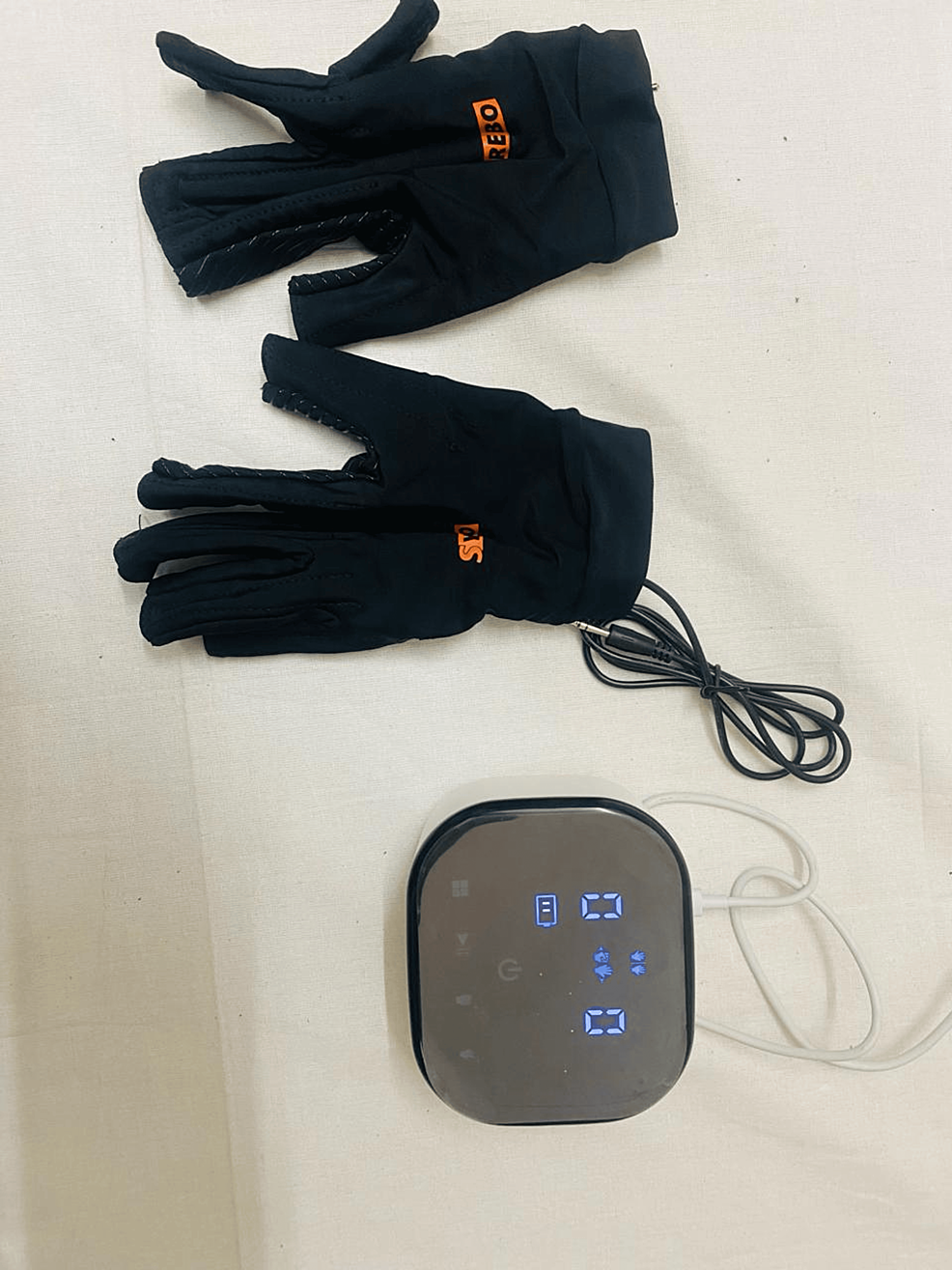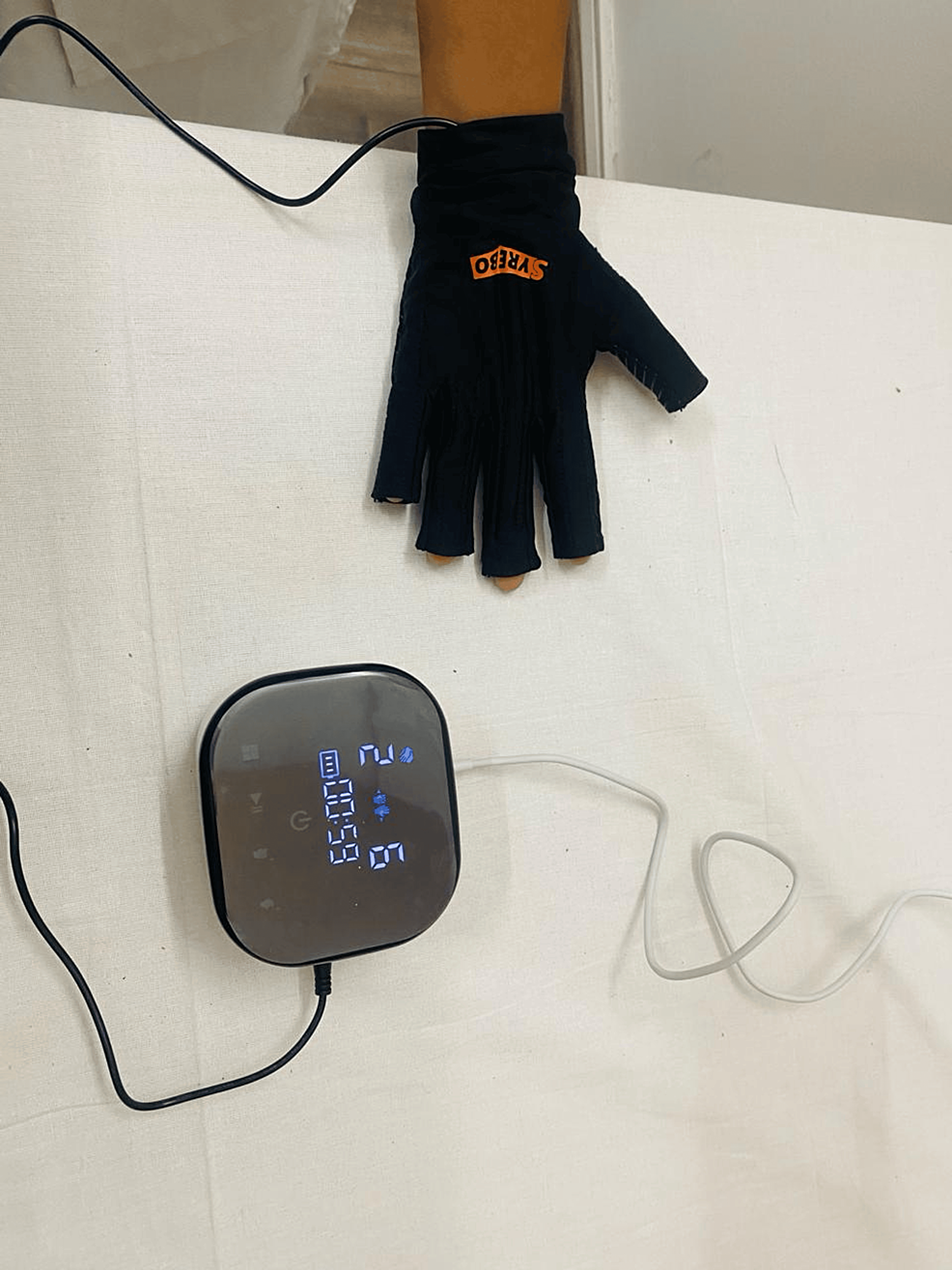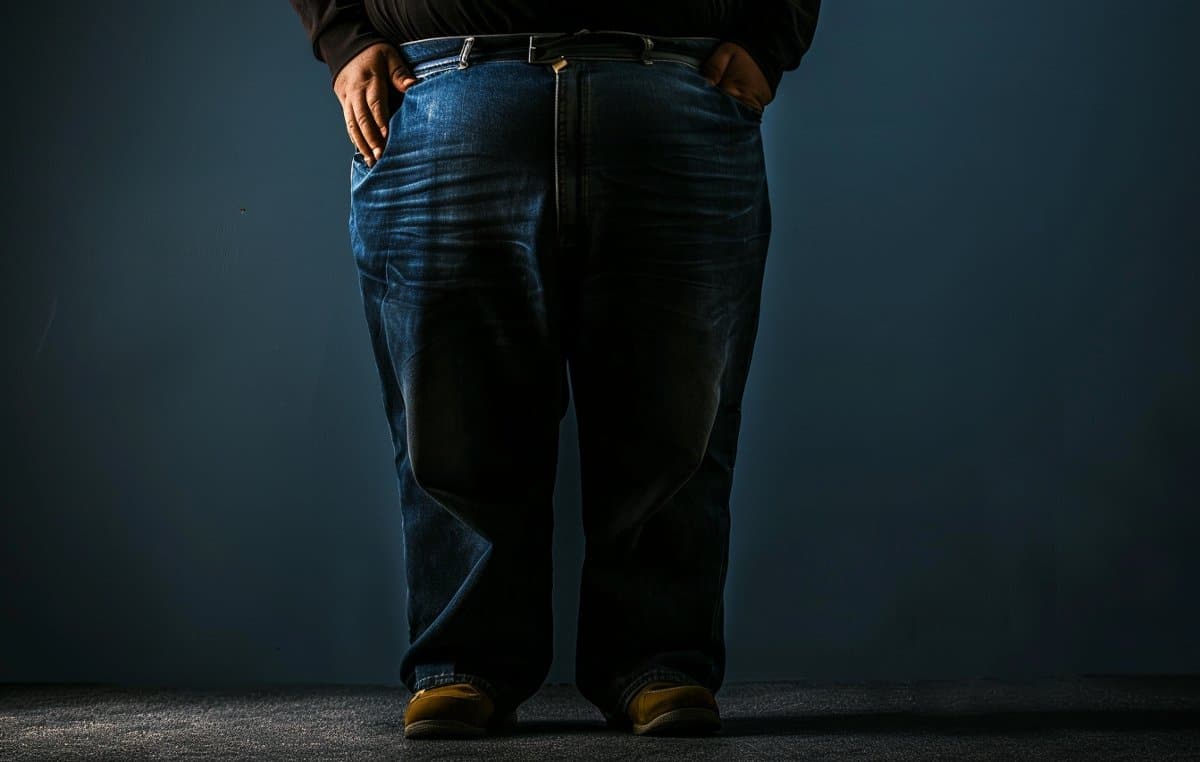Damn lucky to be in the cadre that fully recover. Don't expect the same when you have a stroke.
Quick action on the golf course resulted in rapid recovery from stroke
By Diane Daniel, American Heart Association News

George Richards had just hit his tee shot on the sixth hole. He was playing a nine-hole round with the same golfing buddies he met up with every Thursday afternoon near his home in Leland, North Carolina.
The drive was pretty decent, landing in the fairway about 120 yards from the hole. Richards grabbed a club from his bag with his right hand and walked toward the ball to take his second shot.
But when Richards tried putting his left hand on the grip, he couldn't get it to move. The arm just hung there.
Richards flashed back to a program he'd seen about teaching people with disabilities to swing a club using just one arm. He gave it a try.
Richards swung feebly at the ball. It rolled forward a couple inches.
Then one of his pals, Mike Davisson, saw that Richards' arm was dangling and the left side of his face was drooping.
"Call 911," Davisson shouted. "George is having a stroke."
Another player put Richards in the golf cart and headed toward the clubhouse, keeping one arm around him so he wouldn't topple over.
"I'm fine. I'm 100%," Richards said, repeating the words like a mantra.
Only after they reached the clubhouse did Richards come to understand that he was in fact having a stroke.
Of all people, he would know.
Richards and his wife, Carol, started running educational and support groups for survivors and families of stroke after their son, David Dow, had a stroke at age 10 in 1995. David's stroke, caused by a rare brain disease, resulted in severe aphasia.
Aphasia is a communication impairment caused by brain damage that can impact speaking, understanding, reading, writing and math. In 2013, the family started the nonprofit Aphasia Recovery Connection. Several members of Carol's family also have had strokes.
When Carol and George moved to Leland from Nevada in 2021, one of the first things George did was find out if a certified stroke center was nearby. He was relieved to learn that there was. That's where the first responders took him.

As soon as George – who was then 77 – arrived at the hospital, he was greeted by a stroke team. A brain scan showed that he had a clot in his right middle cerebral artery. He was given clot-busting medication.
A second scan showed that the clot had not dissolved. Doctors then performed a thrombectomy, a procedure in which a device is used to remove the clot, restoring blood flow. The procedure was performed less than 50 minutes since the stroke symptoms began.
Carol spent that time in the waiting room playing out worst-case scenarios. When she next saw George, he wanted to discuss the results of the scan and whether he might have aphasia or frontal lobe damage.
Carol knew his mind was working fine. A nurse even asked if George worked in neurology.
Within a couple hours, physical therapists tested George's cognitive and motor skills and declared him to have no deficits. Two days later, he was back home.
Doctors think the cause of his stroke was atrial fibrillation, or AFib, which is an irregular heartbeat. The stroke was in September 2022, about a decade after he'd received a pacemaker to help his heart. He'd been due for a routine replacement of the device the week after the stroke.
Since the stroke, George and Carol have ramped up their efforts to educate others. They organized a stroke awareness event in their community that attracted more than 130 people. They plan to sponsor another event later this year. George also spoke at a ceremony last year to open a new neurosciences institute in his region, sharing how specialized care at the ready helped save his life.

More than anything, George and Carol said, they were lucky that Davisson knew the signs of stroke and called 911.
"That is the key," George said. "Don't say, 'We need to drive him to the hospital.' Just call 911."
Carol shudders at the notion of how much worse things might have been had Davisson not acted so quickly.
"George could be in an assisted living facility today," she said. "Instead, he's back to golf three times a week. Mike is our hero."
Stories From the Heart chronicles the inspiring journeys of heart disease and stroke survivors, caregivers and advocates.
American Heart Association News Stories
American Heart Association News covers heart disease, stroke and related health issues. Not all views expressed in American Heart Association News stories reflect the official position of the American Heart Association. Statements, conclusions, accuracy and reliability of studies published in American Heart Association scientific journals or presented at American Heart Association scientific meetings are solely those of the study authors and do not necessarily reflect the American Heart Association’s official guidance, policies or positions.






